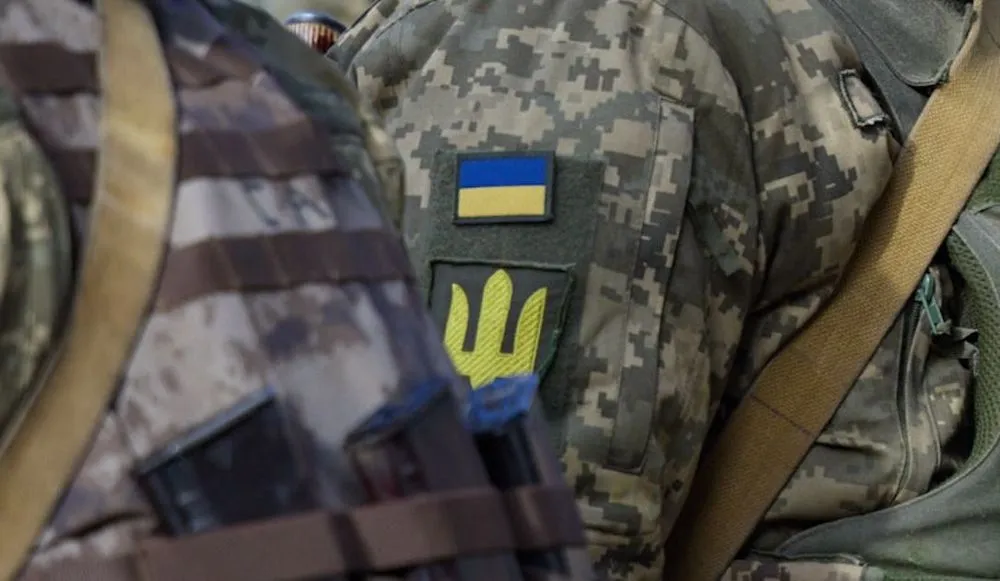Ukraine takes steps to launch dedicated cyber force for offensive strikes
Ukraine’s parliament took a major step last week toward creating a dedicated military cyber branch, approving in its first reading a bill to establish a Cyber Force.
If the legislation passes a second vote and is signed by the president, Ukraine will, for the first time, unite its offensive and defensive military cyber capabilities under a single command within the Armed Forces.
Ukraine’s Cyber Forces will conduct military cyber operations, gather intelligence, hunt threats in cyberspace and defend military systems while building secure infrastructure for the Armed Forces — aligning the country’s defenses more closely with NATO standards as Kyiv pushes for membership.
The Cyber Forces will report directly to the Commander-in-Chief of the Ukrainian Armed Forces, Oleksandr Syrskyi, and will consist of service members who are either mobilized or transferred from existing military units. Kyiv plans to allocate 14 million hryvnias ($336,000) in 2025 to set up the new branch.
One of the proposal’s key features is the creation of a cyber reserve — a pool of civilian tech experts who could be temporarily called in to help without becoming full-fledged military personnel.
The initiative has been welcomed by Ukraine’s cybersecurity community. Some specialists, like Serhii Khariuk, CEO of the cybersecurity firm AmonSul, are already volunteering their skills to support military units, though not all brigades recognize how valuable that work can be. Creating an official cyber reserve would make it much easier for the military to collaborate with Ukraine’s tech sector, Khariuk told Recorded Future News.
Formalizing offensive powers
Since the start of the war, Ukraine has carried out cyber operations against Russia — from simple attacks by volunteer “hacktivists” to more complex missions run by military intelligence (HUR) and the security service (SBU).
But Ukraine has never had a formally established Cyber Force — a dedicated military branch empowered to carry out destructive operations against an adversary’s military infrastructure. According to Khariuk, this would give Ukraine an additional advantage on the battlefield.
“We will be able to conduct sabotage and destructive operations in cyberspace — destroy the enemy’s infrastructure and obtain more intelligence,” he said, adding that the bill formalizes those operations, brings them out of the shadows and ensures that the people responsible are protected under international military conventions.
Not everyone in parliament was immediately convinced that Cyber Forces are necessary, given that Ukraine’s military already has a Signals and Cybersecurity Troop, mainly responsible for securing military communications. Oleksandr Fediyenko, chair of the parliamentary subcommittee on cybersecurity, warned that defenders and attackers require different skill sets, tactics and legal frameworks, and that combining the roles could create operational confusion.
In a comment to Deutsche Welle Ukraine, Fediyenko said Cyber Forces would specialize in operations against adversary infrastructure — for example, embedding malware in enemy systems to be triggered on a commander’s order — while the Signals and Cybersecurity Troops would continue to protect Ukraine’s own networks and systems.
The lack of consensus has delayed the establishment of the Cyber Forces for years. The idea was first discussed in 2021, before Russia’s full-scale invasion, but the relevant bill wasn’t registered until 2024.
Even now, its future remains uncertain: parliament still needs to approve the bill in a second reading, and the president must sign it before it becomes law. Fediyenko said the timing of its full adoption is unclear and suggested that some deputies view the issue as “a political game.”
Daryna Antoniuk
is a reporter for Recorded Future News based in Ukraine. She writes about cybersecurity startups, cyberattacks in Eastern Europe and the state of the cyberwar between Ukraine and Russia. She previously was a tech reporter for Forbes Ukraine. Her work has also been published at Sifted, The Kyiv Independent and The Kyiv Post.



